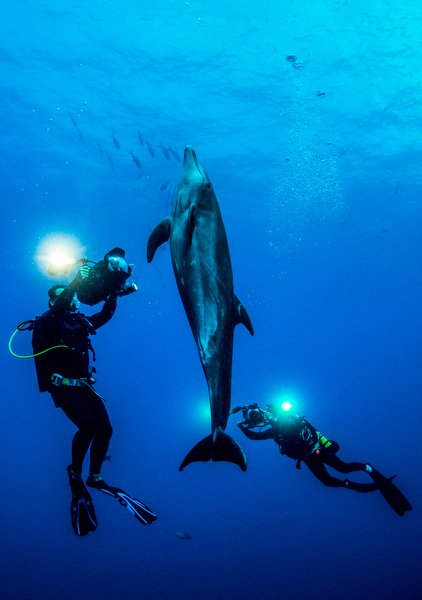Report: SnotBot Sea of Cortez Expedition by Christian Miller
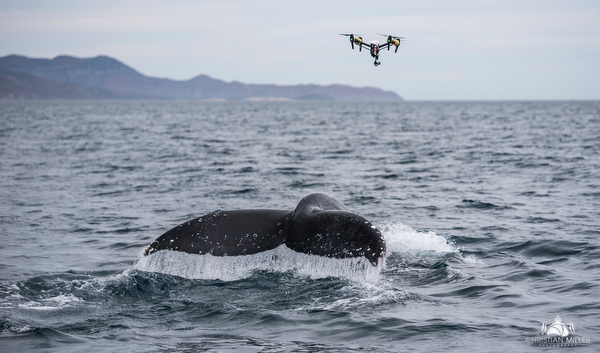
With an objective of changing the way we research whales, a small team of four lucky guys are headed to the Sea of Cortez: Technician John Graham, Scientist Andy Rogan, Ocean Alliance CEO Iain Kerr and myself (Christian Miller) to film & document the project.
We are here to prove that we can collect enough mucus (snot) from whales by using a quadcopter. The goal is to use these new tools to enable the collection of big enough samples to be able to analyze everything we need to know about the whales. We also wanted to test whether this non-invasive way of collecting samples was going to work on lots of different species. Our hope was to sample grey whales (Eschrichtius robustus)), humpbacks (Megaptera novaeangliae) and the mighty blue whale (Balaenoptera musculus).
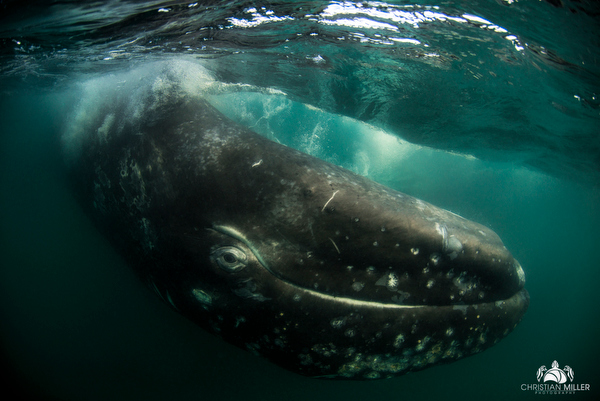
The first stage of our expedition was carried out in San Ignacio Lagoon where the accessibility of grey whales gave us the opportunity to test a number of different snot sample collection techniques. It turned out that we almost didn’t need a drone to get snot samples of these extremely curious whales, as we were getting “snotted” from head to toe anyway!
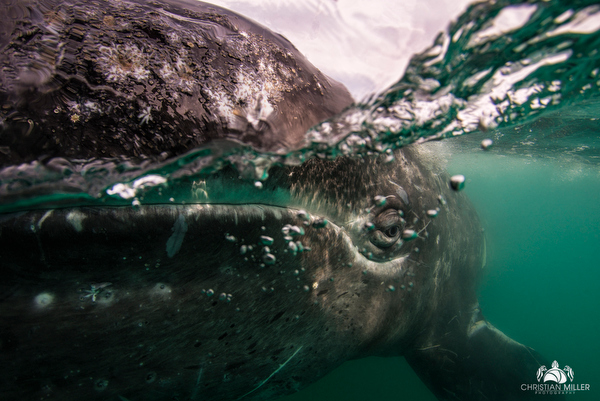
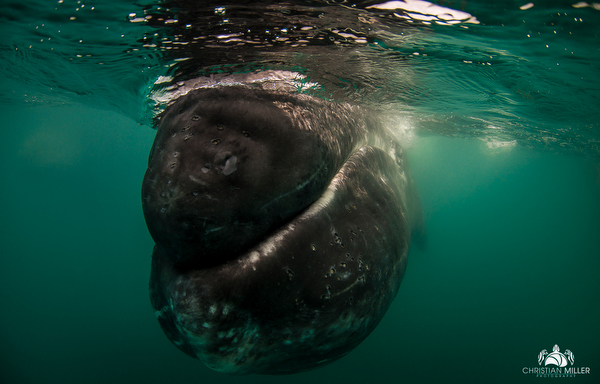
Just being in close proximity to a whale is very exciting by itself, but the words “up close” became a completely different meaning for me. We were getting squashed by whales, at times by 3 mothers with calfs who took turns pushing us and actively sought interaction. For me as photographer it was the experience of a lifetime.
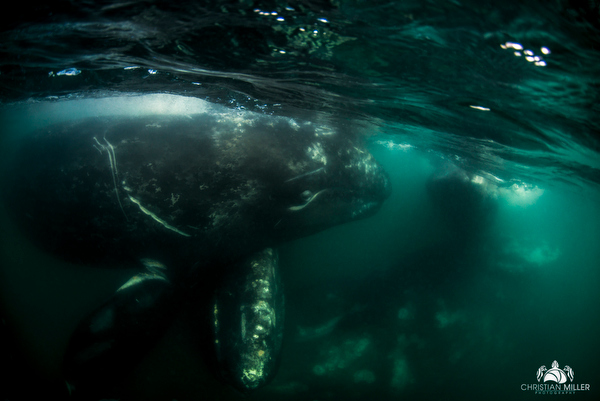
After 5 productive days, we packed our 16 bags and made a 12 hour drive through some exciting and ever changing scenery, to La Paz for stage 2. Once we had arrived, we worked with Dr. Jorge Urban from the University of La Paz. In common with most other ecosystems worldwide, we received some bad news as El Niño has changed both the typical behavioral patterns and the numbers of the whales.
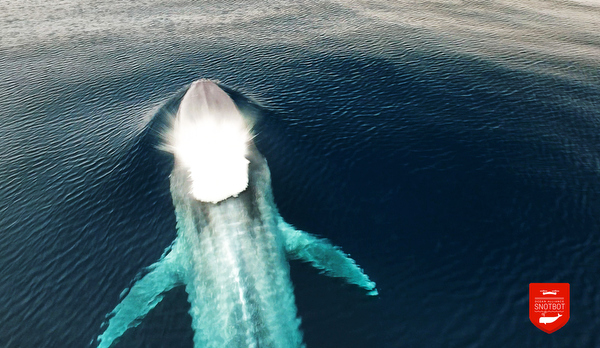
We covered around 100 sun-blistering miles each day for the next few days, but even with perfect conditions is was hard to see a whale blow. So we put the drones to work using them as an eye in the sky to guide us towards them. Our luck changed and and our first sighting was a blue whale, but it moved away rapidly. Next, we had some good interaction with a humpback whale, and after 3-4 days we finally got some good samples. On day five we found a mighty blue whale which was my first time I had been next to the largest animal ever to live on this planet. I felt very privileged to be able to witness such a moment.
After the SnotBot team split up and some mebers returned home, I wanted to keep this level of wildlife encounters going, so had arranged a trip to the Socorro Islands to hopefully capture some amazing wildlife behavior for Biopixel back home in Australia.
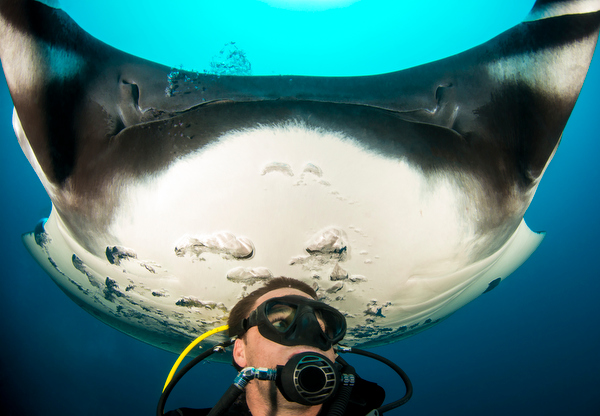
These islands are 200 miles out in the Pacific Ocean south west of Cabo San Lucas and are reknown for big fish encounters.
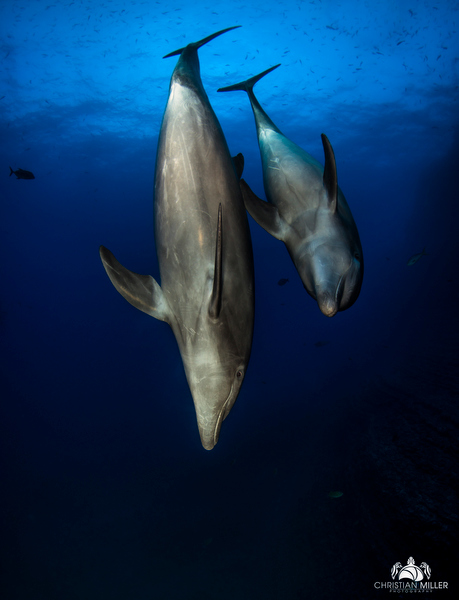
All I can say, was that this reputation proved to be absolutely correct. I never imagined to have such amazing wild dolphin or manta ray encounters. I hope my pictures somewhat support the emotions I experienced during these unforgettable weeks in Mexico.
